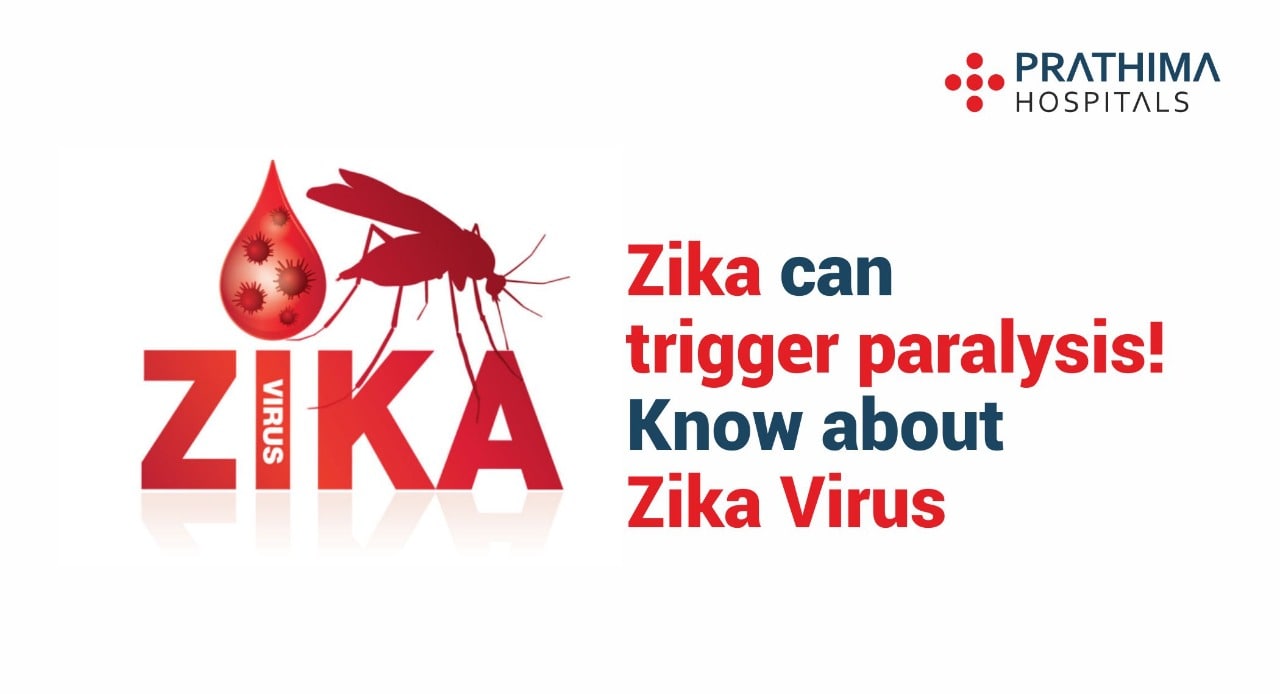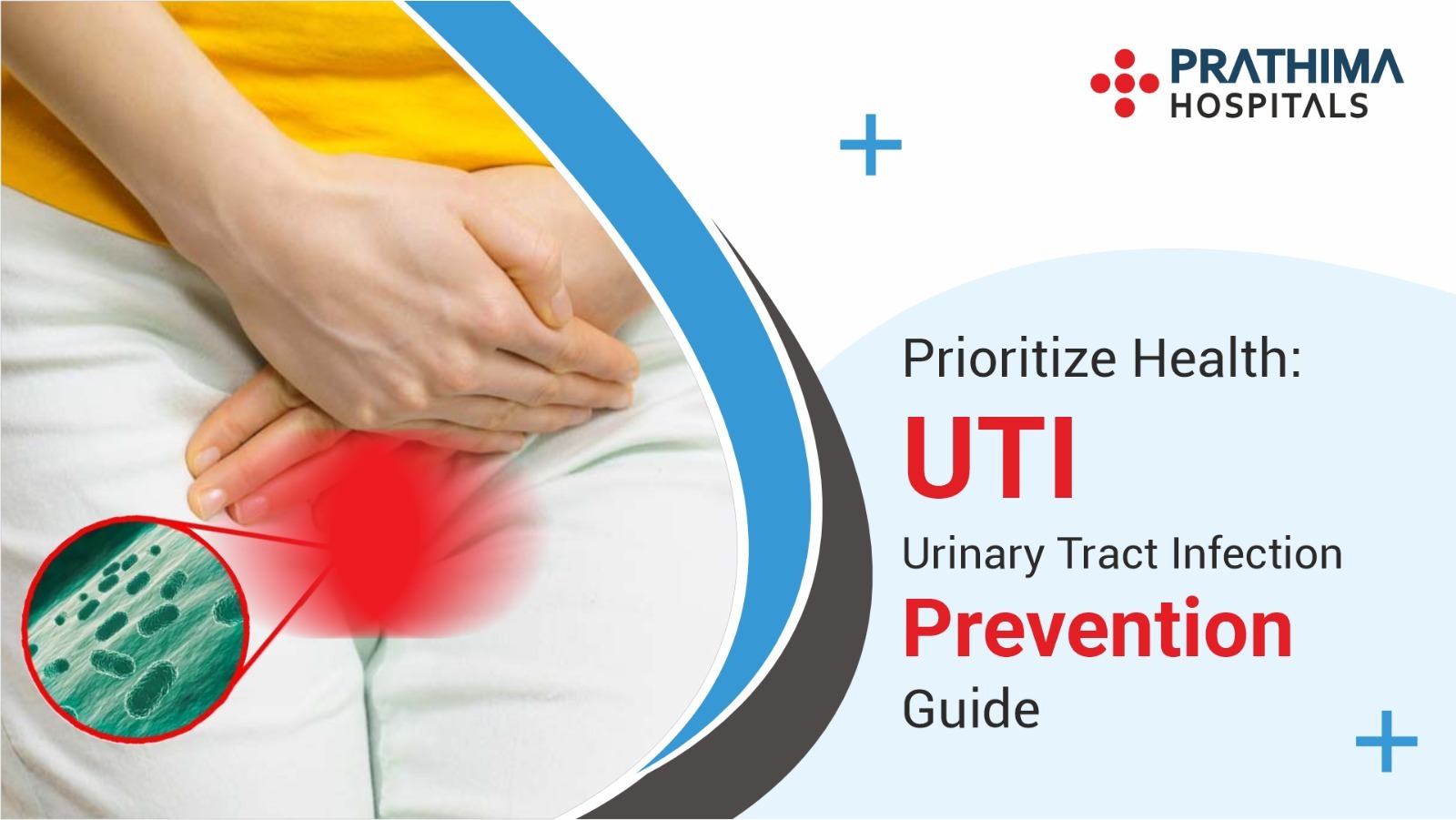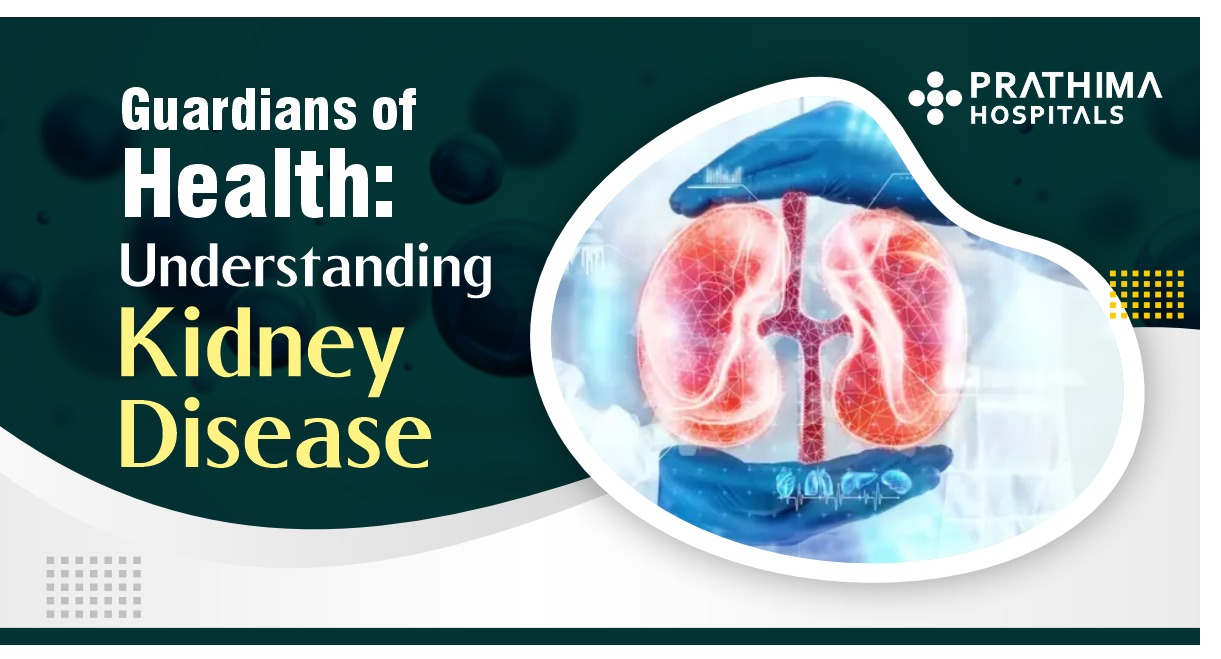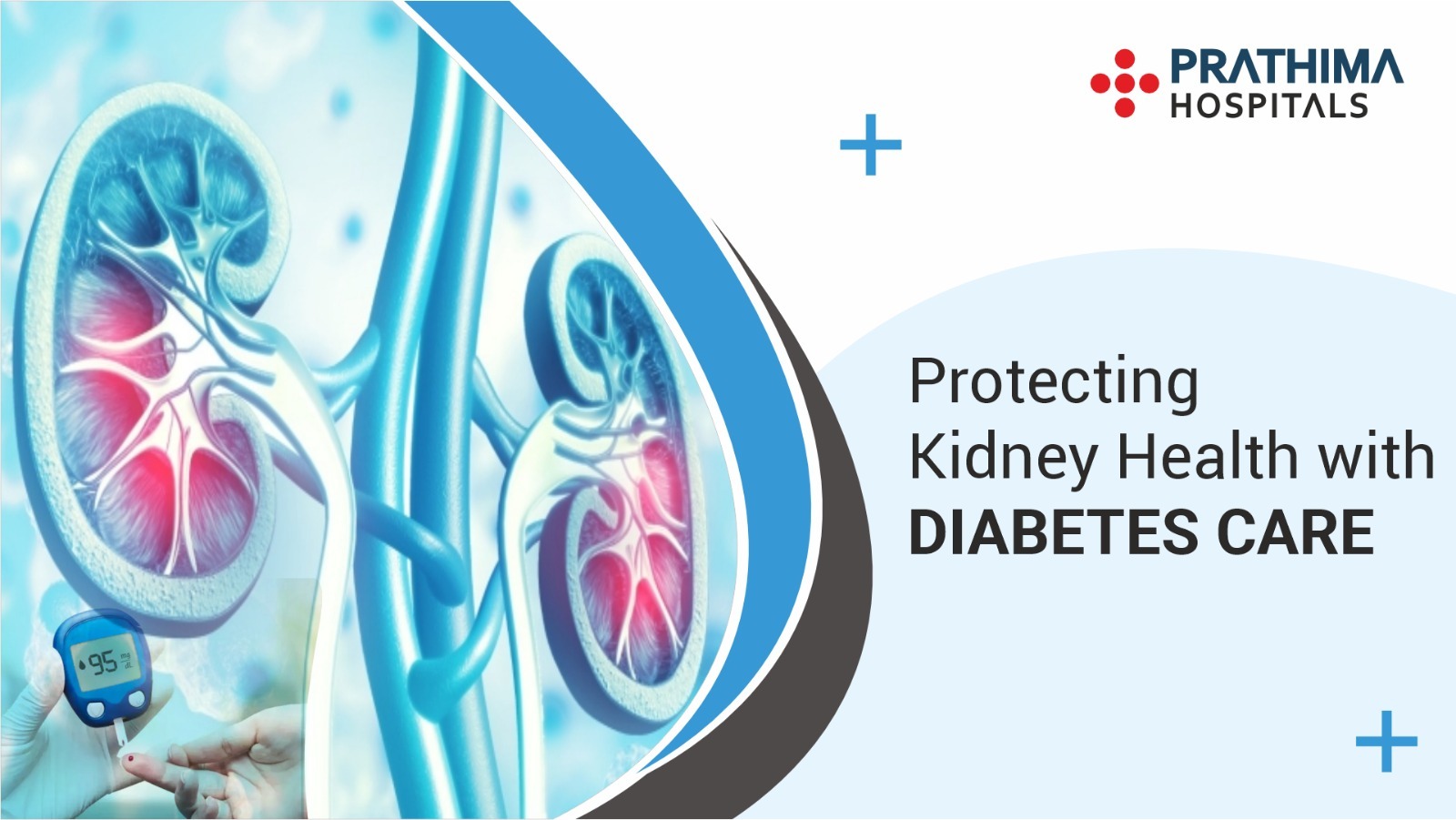Everything You Should Know About Zika Virus

“Virus, Virus when in world you will abandon the fuss,
First, we were squabbling with Corona, now Zika has overtaken us”.
In this blog, we will be discussing the not-so-new virus, the Zika Virus. Recently a Zika virus case was detected in Kerala in a pregnant female.
What is the Zika virus?
Zika virus is a mosquito-borne flavivirus that was first identified in Uganda in 1952 in humans. Zika is dissipated primarily by the nibble of an infected Aedes species mosquito (Ae. aegypti and Ae. albopictus). These mosquitoes bite during the day preferably reaches their peak in the afternoon. This is the same mosquito that transmits dengue, chikungunya, and yellow fever. Most people infected with the Zika virus amass no signs and symptoms. Some people have a mild fever, rash, and muscle pain. As the symptoms of Zika virus is analogous to some disease it’s diagnosis serves difficult.
Zika can be ratified from a pregnant woman to her fetus. Infection during pregnancy can induce certain birth defects. Researchers are toiling hard to find a permanent vaccine for this viral infection.
How is it transmitted?
The modes of transmission of the Zika virus are:
- Mosquito bite
- Pregnant women to the fetus.
- Sexual transmission
- Organ transplantation
- Blood transfusion
What is the pathogenesis of the Zika virus?
Zika virus duplicates in the mosquito’s midgut epithelial cells and likewise in its salivary gland cells. After 5–10 days, the virus can be established in the mosquito’s saliva. If the mosquito’s saliva is inoculated into human skin, the virus can infect epidermal keratinocytes, skin fibroblasts in the skin, and the Langerhans cells. The pathogenesis of the virus is hypothesized to continue with a spread to lymph nodes and the bloodstream Flaviviruses replicate in the cytoplasm, but Zika antigens have been found in infected cell nuclei. The viral protein numbered NS4A can lead to a small head size (microcephaly) because it disrupts brain growth by hijacking a pathway that regulates the growth of new neurons. In fruit flies, both NS4A and the neighboring NS4B restrict eye growth.
What are the signs and symptoms of the Zika virus?
Many people tarnished with the Zika virus are asymptomatic or have only mild to moderate symptoms. The most common symptoms of Zika are:
- Fever
- Hives
- Headache
- Arthralgia
- Conjunctivitis
- Myalgia
- Fatigue
Symptoms can last for several days to a week. People usually don’t get sick enough to go to the hospital, and they very rarely die of Zika. Once a person has been infected with Zika, they are likely to be protected from future infections.
Who are at high risk of the Zika virus?
- Immuno compromised patients
- Pregnant female
- People having a travel history
What are the complications of the Zika virus?
- Zika virus when affected to a pregnant female can cause complications including preterm birth, stillbirth, and miscarriage
- Zika virus infection during pregnancy can influence infants to be survived with microcephaly and other congenital malformations, known as congenital Zika ailment.
- Zika virus infection result in Guillain-Barre syndrome, neuropathy, and myelitis, particularly in adults and older children.
- Zika virus is also transmitted from mother to fetus during pregnancy. It can be transferred sexually or by blood transfusion and organ transplantation.
How to diagnose a case of this virus?
- A thorough case taking and clinical examination can confirm infection of this virus.
- A diagnosis of Zika virus infection can be attained by laboratory tests of blood or other body fluids, such as urine or semen.
- A blood or urine test can corroborate a Zika infection.
- Symptoms of Zika are analogous to other illnesses spread through mosquito bites, like dengue and chikungunya. Your doctor may instruct diagnostic tests to confirm this virus and treat it accordingly.
How to prevent Zika Virus?
Though we are developing on all strata, the sad news is there is no vaccine to prevent the Zika virus. The promising route to deter infections spread by mosquitoes is to protect yourself and your family from mosquito bites. The following are few methods to prevent oneself from Zika virus.
- Try to cover yourself fully to avoid mosquito bites.
- Fete your clothing and gear with permethrin or buy pre-treated items.
- Use a mosquito repellent. According to CDC, practice using Environmental Protection Agency (EPA)-registered insect repellent external icon with one of the following active ingredients: DEET, picaridin, IR3535, oil of lemon eucalyptus or para-menthane-diol, or 2-undecanoate. Always follow the product label instructions. When used as directed, these insect repellents are proven safe and effective even for pregnant and breastfeeding women. Do not use products containing oil of lemon eucalyptus or para-menthane-diol on children younger than 3 years old.
- Keep your house ventilated and use window and door screens to keep mosquitoes outside. Mosquito netting can be used to cover babies younger than 2 months old in carriers, strollers, or cribs.
- When you are infected with this virus, get plenty of rest.
- Stay hydrated by drinking lots of fluids to prevent dehydration.
- Consult your doctor for the same. He will provide medicine such as acetaminophen to reduce fever and distress
- Avoid taking aspirin or other non-steroidal anti-inflammatory drugs (NSAIDs). Do not self-medicate.
- If you are consuming medicine for another medical condition, talk to your healthcare provider before taking additional medication.
- Avoid unprotected sex. Always use a condom to avoid sexual transmission of the Zika virus.
- Pregnant women should not travel to areas with Zika outbreaks
These are some fundamental points one should remember about the Zika virus. It’s better to be fully informed to avoid unnecessary consequences. If you experience symptoms of the same please seek medical support.
At Prathima Hospitals, we’re equipped with 21+ specialties to help the patients to receive different treatments for different health conditions.
Book an appointment from here.





